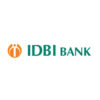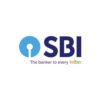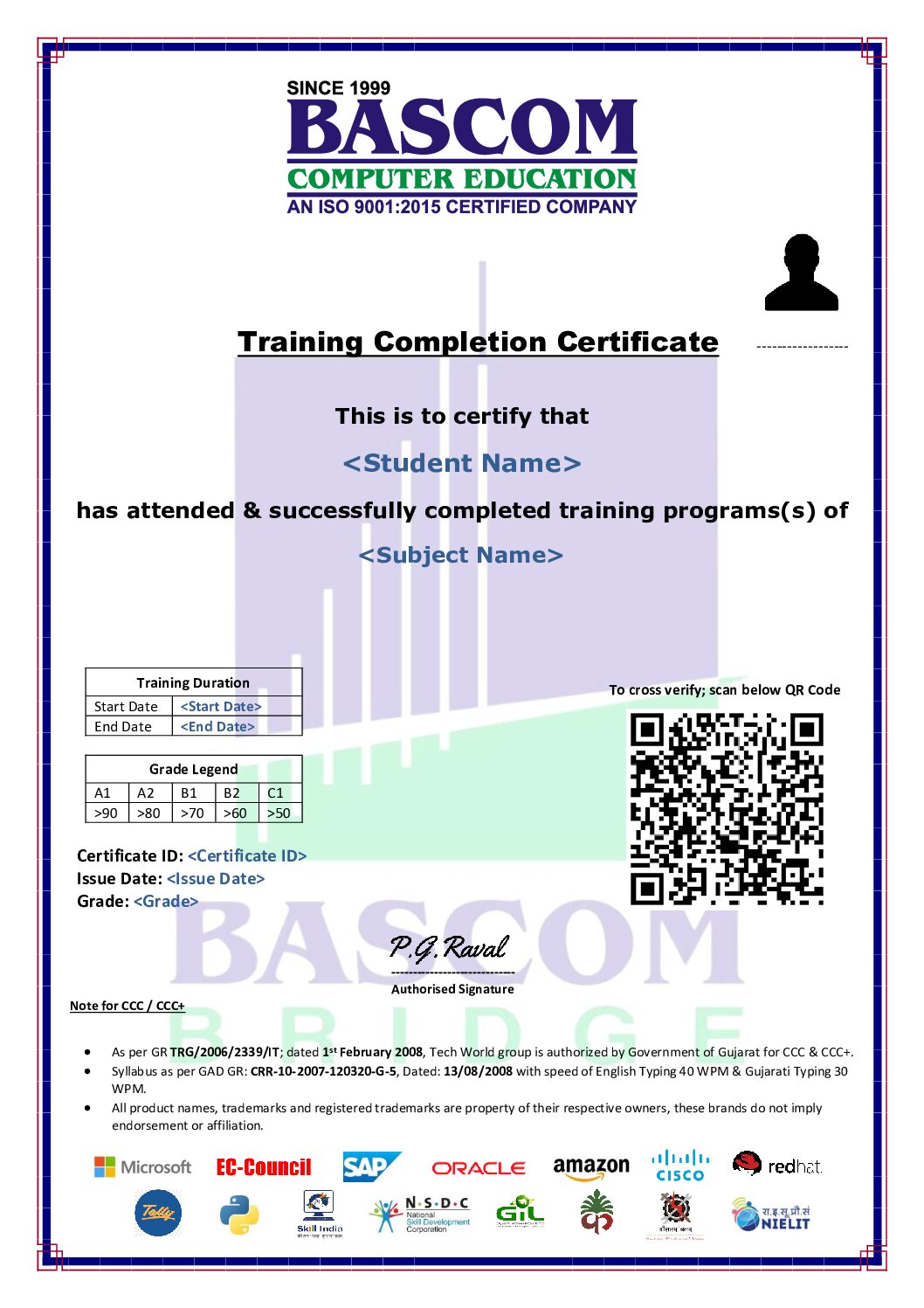Currently Empty: ₹0.00



Curriculum
- 24 Sections
- 132 Lessons
- 10 Weeks
Expand all sectionsCollapse all sections
- Advanced Excel Introduction2
- Cell References1
- Paste Special9
- 3.1Values: Paste only the results of formulas, not the formulas themselves.
- 3.2Linking and Special Uses
- 3.3Transpose Feature
- 3.4Validation: Paste only data validation rules.
- 3.5Comments and Notes: Paste comments or notes only, not the cell content.
- 3.6Formats: Paste only the formatting (font, color, borders).
- 3.7Formulas: Paste only the formulas.
- 3.8Mathematical Operations with Paste Special
- 3.9Skipping Blanks
- Custom Formatting3
- Conditional Formatting4
- Format as Table5
- Advanced Sorting and Filtering5
- Go To Special9
- 8.1Key Uses of Go To Special
- 8.2Types of Selections Possible
- 8.3Advanced Options
- 8.4Data Validation: Select cells with data validation rules.
- 8.5Conditional Formats: Find cells with active conditional formatting.
- 8.6Errors: Select only cells that display error values (useful for auditing).
- 8.7Formulas: Select cells containing formulas, with or without resulting in errors.
- 8.8Blanks: Select all blank cells in a range for quick data entry or deletion.
- 8.9Constants: Find all non-formula values (numbers, text, dates, etc.).
- Advanced Pivot Tables7
- Advanced Chart Creation13
- 10.1Introduction to Advanced Charts
- 10.2Funnel Charts (depicting stages in a process)
- 10.3Pareto Charts (highlighting key contributors)
- 10.4Histogram & Box and Whisker Charts (statistical analysis)
- 10.5Advanced Chart Types
- 10.6Waterfall Charts (showing cumulative effects)
- 10.7Dynamic & Interactive Charts
- 10.8Customizing and Formatting Charts
- 10.9Gauge/Speedometer Chart (KPI visualization – built manually)
- 10.10Sparklines (mini-charts within cells)
- 10.11Scatter Plot with Trendlines (correlation analysis)
- 10.12Treemap & Sunburst Charts (hierarchical data display)
- 10.13Combo Charts (e.g., line & column on the same chart)
- Logical Functions5
- Lookup Functions11
- 12.1VLOOKUP
- 12.2HLOOKUP
- 12.3INDEX & MATCH
- 12.4XLOOKUP
- 12.5Multi-condition lookups with INDEX/MATCH or XLOOKUP.
- 12.6Approximate and exact matches.
- 12.7Reverse lookups (find cell address).
- 12.82-Dimensional lookups (e.g., searching based on row AND column).
- 12.9Lookup Functions with Error Handling
- 12.10Spill ranges for multiple results (dynamic arrays).
- 12.11Advanced Use Cases
- Advanced Statistical Functions9
- 13.1AVERAGE, MEDIAN, MODE: Calculate mean, median, and most frequent value.
- 13.2MIN, MAX, LARGE, SMALL: Find extremes or ranked values.
- 13.3COUNT, COUNTA, COUNTBLANK: Count numbers, non-blanks, or blanks.
- 13.4COUNTIF, COUNTIFS: Count values that match one or more criteria.
- 13.5SUMIF, SUMIFS: Sum values based on multiple criteria.
- 13.6AVERAGEIF, AVERAGEIFS: Calculate conditional averages.
- 13.7FREQUENCY: Create distributions using arrays.
- 13.8RANK, RANK.EQ, RANK.AVG: Rank data within a dataset.
- 13.9UNIQUE, SORT, FILTER (Excel 365/2021+): Analyze and process data arrays dynamically.
- Text Functions10
- Date & Time Functions11
- Essential Financial Functions7
- Data Validation3
- Data Consolidation1
- What-If Analysis3
- Subtotals in Advanced Excel2
- Protection4
- Advanced Printing Options in Excel4
- Excel Macros3
- Final Exam1












